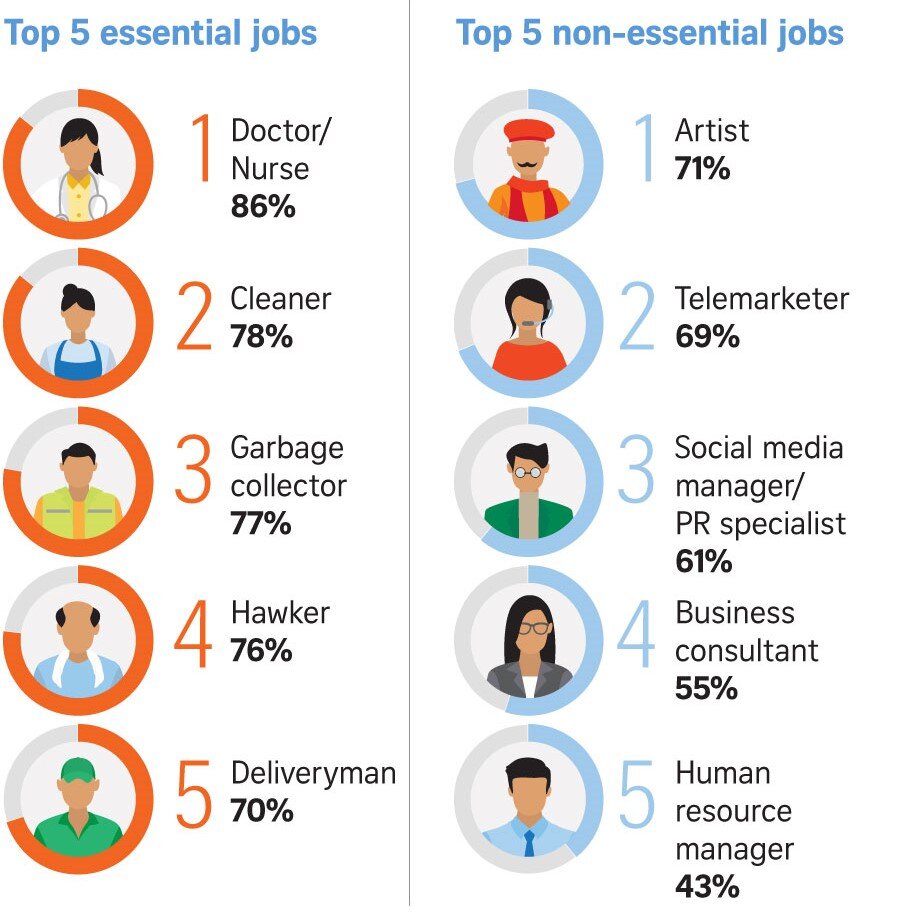Susan Early in her studio
Our Kickstart placement Charis, was asked to choose a workshop she’d like to do. This blog post is her reflection on the workshop and the craft.
”Basketry is (can you guess?) the process of making baskets.
It is an ancient craft, and one that has a history in most countries around the world. For centuries, people crafted baskets from strong, pliable native plants; bamboo, grasses and willow were common choices. The type of material then informed which techniques could be applied: looping, knotting, plaiting, coiling, weaving, twining or assembling. These vessels were a convenient way to contain, store and transport goods. Quicker and more reliable to make than clay pots, they were a household essential.
The fact that we no longer need woven vessels does not detract from the joy of making and owning them. Basketry is a rewarding craft which engages the senses and connects you to the world and a rich heritage; or at least that’s how I felt.
My willow basket
I recently tried willow weaving with Susan Early here at New Brewery Arts. Susan has been making baskets and sculptures for over 30 years. she is an enthusiastic and encouraging tutor, which is why we ask her back year after year.
Needless to say, this was no exception; it was a fantastic day. After the initial under-the-breath counting of ‘over two under one, over two under one', I was able to succumb to the movement and allow my mind to wander. I transfixed by the colours; the reds, greens, purples and yellows. I got lost in the smell, reminiscent of picnics by the Sandwich Quay as a child. Unanticipated but very welcome was the almost immediate uplifting of my well-being. I’m someone who thrives on seeing results, and my basket came together quite quickly. Having achieved such a bygone skill made me feel oddly self-sufficient. I don’t imagine I’ll be making the switch from tote bags to willow baskets to do my shopping any time soon, but it’s nice to know I could. And it was freeing to think that I was creating something that wouldn’t become a drain on the planet – may help it, even. By the time my basket is old and broken, it can join the compost and feed back into the earth.







